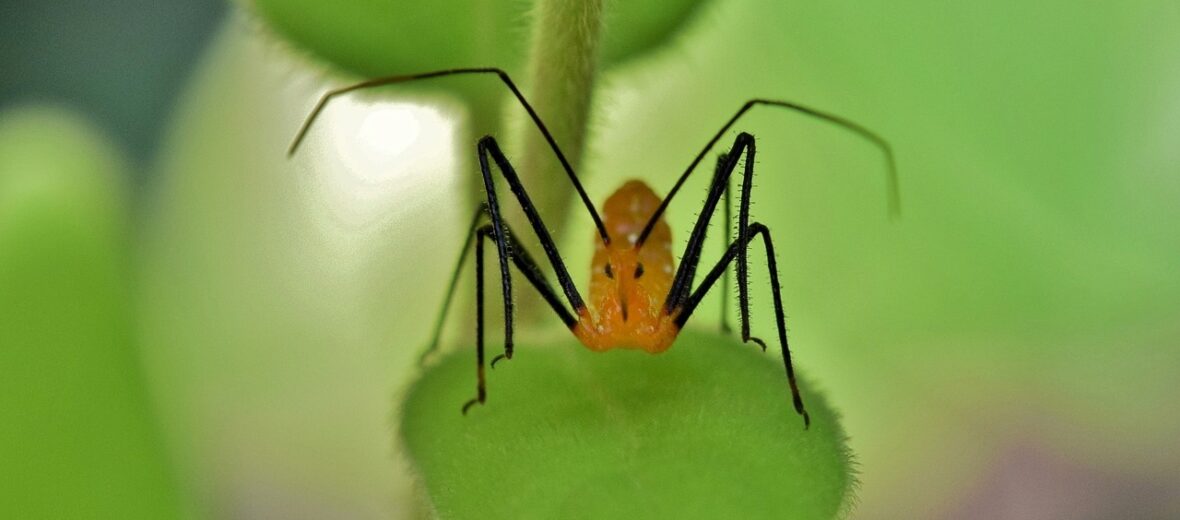
If you’re a bug, then you have much to fear. Predators are everywhere. One scary predator in particular is the assassin bug. The name may sound a bit overkill, but these killers are quite skilled at their art of attacking unsuspecting prey and injecting a concoction of digestive venom that can kill insects in 3 – 4 seconds! These insect killers can be found all around the globe too, sans Antarctica. They can not only kill other bugs but humans as well… slowly.
First the Stats…
Scientific name: Reduviidae
Length: Up to 1.6 inches
Lifespan: Up to 2 years
Now on to the Facts!
1.) These creatures have been observed killing prey that can be much larger than they are.
2.) This macabre insect attaches the corpses of it’s victims to it’s back, using them for camouflage and as a defense against would be attackers. If a larger creature tries to take a bite out of one of these bugs, they will end up with a mouthful of dead insects, allowing our assassin to escape the fates.
3.) Some species will hide out and wait for passing prey to happen by. Then they’ll use their raptorial appendages to snatch up the unsuspecting victim – like a mantis would do.
4.) Their main prey items include bees, caterpillars, wasps, and flies. But they will also bite humans, causing potentially lethal consequences.
5.) In humans and other mammals the assassin bug can spread the potentially deadly chagas disease. This is caused by the bug defecating on or near the bite location and then smearing the feces into the wound. Thanks!
But wait, there’s more on the assassin bug!
6.) The feces (poop) of this bug typically carries the parasite tryptomasoma cruzi. It can cause heart damage and heart failure can occur up to 30 – 40 years later. This occurs in about 30% of instances. It also can take months to show any signs in humans.
7.) The sting of the assassin bug’s proboscis is said to be extravagant, and has been likened to that of a hornet’s sting! So, if you get stuck by one, you’ll know it.
Did you know…?
The venom of the assassin bug paralyzes its victim; leaving it helpless as it’s organs begin to liquefy.
8.) They are preyed upon by rodents, birds, spiders, praying mantids, and even other assassin bugs.
Now a Short Assassin Bug Video!
Learn more about all kinds of cool critters, right here!
Want to suggest a critter for me to write about? Let me know here.



